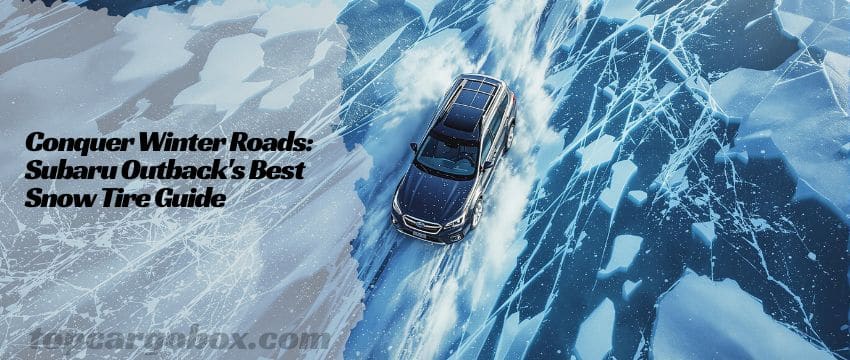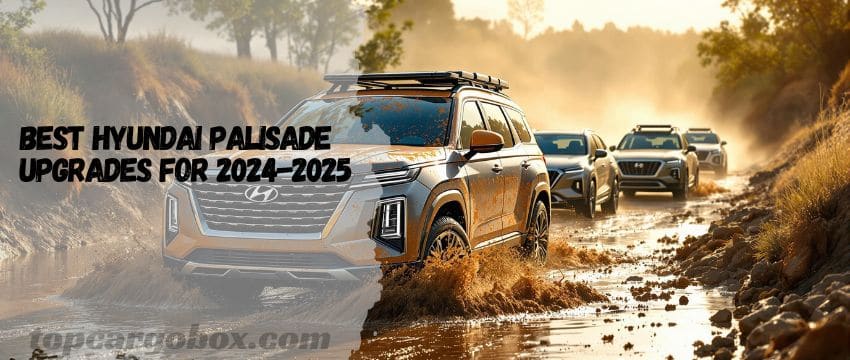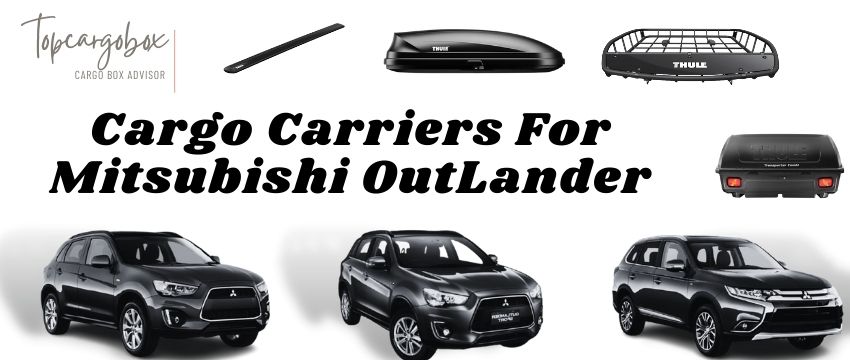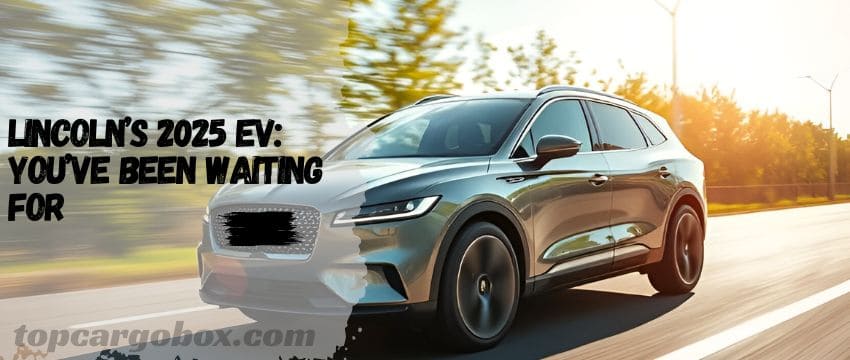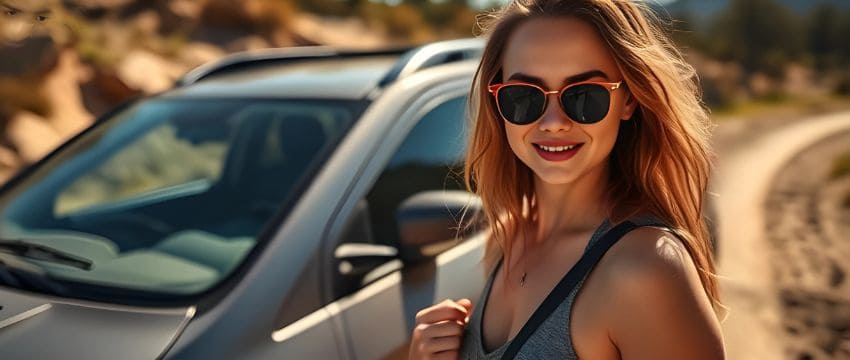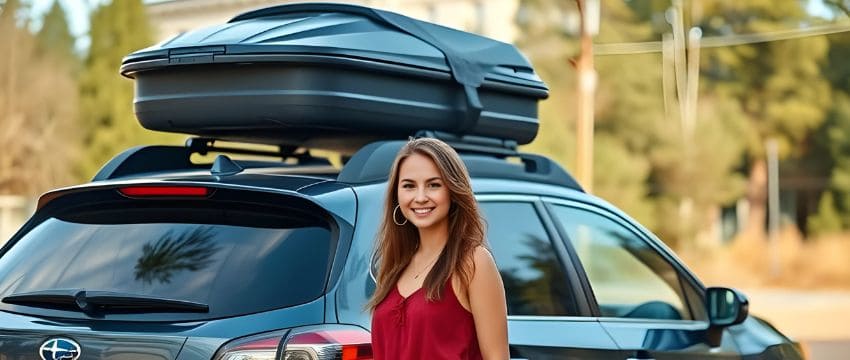What’s up, Outback adventurer? Thinking about tires? Feeling that familiar mix of excitement and dread as winter rolls in? You love your Subaru’s capability, but those stock all-seasons just don’t cut it when the white stuff gets serious, right? Ever felt that butt-puckering slide on an icy hill or the frustrating spin trying to get moving in deep snow? Yeah, it totally sucks and can turn a fun trip into a stressful ordeal. Choosing the right winter tires isn’t just an upgrade; it’s about unlocking your Outback’s true potential and keeping you and yours safe when conditions get gnarly. Let’s ditch the white-knuckle driving and find you some legit winter warriors.
Why Your Outback Deserves Dedicated Winter Tires
Okay, let’s get real. Your Outback comes with capable Symmetrical AWD, which is awesome, seriously. But here’s the kicker: all-wheel drive helps you go, but it doesn’t help you stop or turn any better on ice and snow. That’s where the rubber literally meets the road. Dedicated winter tires (think snowflake symbol!) are made from a special compound that stays flexible even when it’s freezing cold. Old-school all-season tires? They harden up like hockey pucks below 45°F, losing grip big time. Imagine trying to play basketball with frozen sneakers – that’s basically your all-seasons in winter. Dedicated winters have deeper treads with crazy biting edges designed to claw into snow and slush. They’re the difference between confidently navigating a storm and ending up in a ditch. For real, it’s that critical.
Quick-Pick List Of Winter Tires For Subaru Outback:
Tire Model | Best For | Check Price & Latest Info |
|---|---|---|
Bridgestone Blizzak WS90 | Ultimate ice & deep snow traction | |
Michelin X-Ice Snow | Balanced performance & long tread life | |
Nokian Hakkapeliitta R5 | Hardcore winter conditions (ice specialists) | |
Continental VikingContact 7 | All-around winter excellence (quiet & stable) | |
General Altimax Arctic 12 | Budget-friendly without sacrificing grip |
Key Features That Make a Winter Tire Shine (Or Grip!)
Not all winter tires are created equal, dude. Knowing what to look for saves you headaches later. Let’s break down the magic ingredients:
- Rubber Compound Flexibility: This is the secret sauce. Winter tire rubber is formulated to remain pliable in extreme cold, maintaining grip where all-seasons just get hard and slippery. Think of it like chewing gum – soft and sticky in the cold versus hard candy that just snaps. This flexibility allows the tread blocks to conform to the road surface, grabbing onto microscopic imperfections even on ice. It’s chemistry working for your safety.
- Aggressive Tread Patterns & Biting Edges: Look closely at a top winter tire. See all those zig-zags, blocks, and deep grooves? That’s the snow traction system. Deep grooves channel slush and water away to prevent hydroplaning. Thousands of tiny biting edges (sipes) flex and grip ice like mini-claws. Wider grooves prevent snow packing in the tread. Some even have 3D siping technology that locks together for stability while still flexing for ice grip. It’s like giving your Outback mountain goat hooves.
- Tread Depth: Winter tires start life with significantly deeper tread depth than all-seasons – often 12/32″ to 15/32″ new compared to maybe 10/32″. This provides more material to wear down over the season and more space for snow to compact within the tread (which actually helps with snow-on-snow traction!). Deeper tread means longer life and better performance in deep snow throughout the season. Who doesn’t want tires that last?
- The Three-Peak Mountain Snowflake (3PMSF) Symbol: This symbol on the tire sidewall is your guarantee. It means the tire meets specific performance criteria in snow testing, exceeding the capabilities of a standard all-season tire. It’s the industry-standard badge proving it’s legit for severe snow conditions. Don’t even consider a “winter” tire without this symbol – it’s non-negotiable for serious snow driving. See it? Good to go.
Top Contenders: Winter Tires Built for Your Outback’s Grit
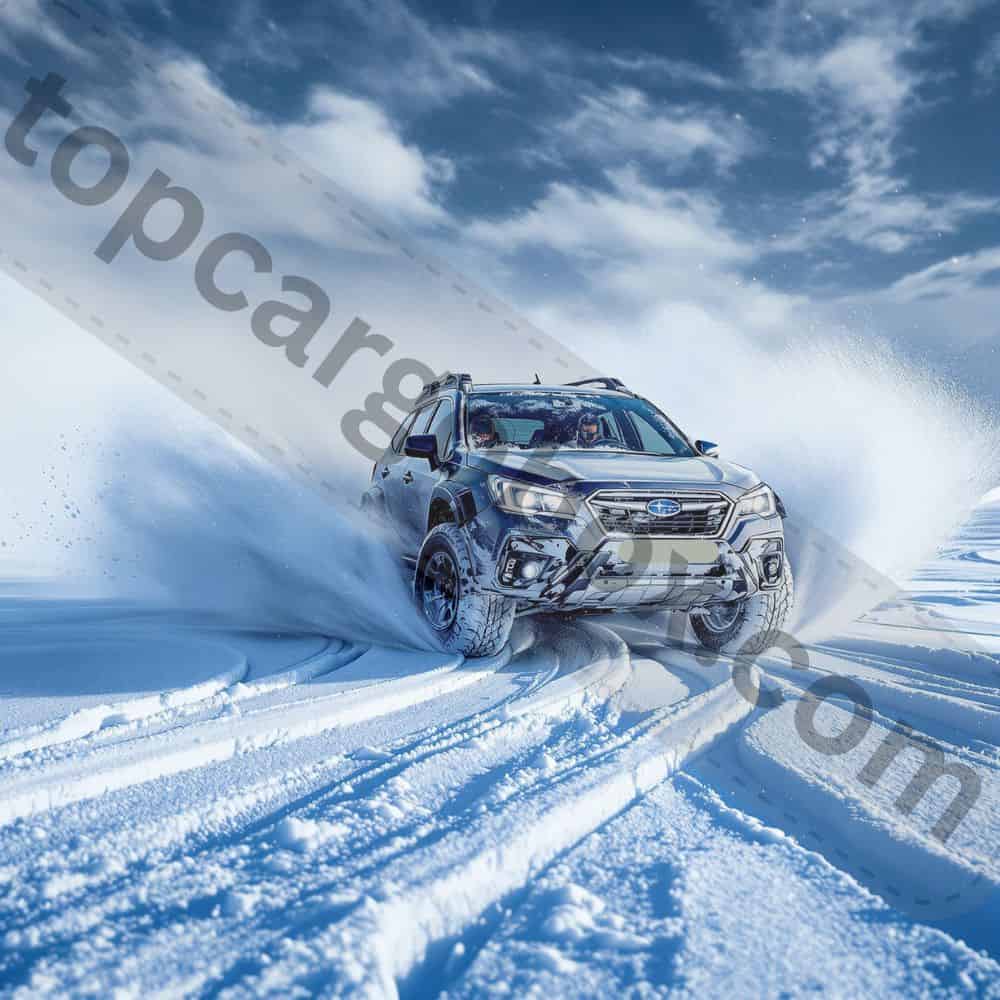
Alright, let’s talk specifics. Based on performance, owner reviews, and expert testing, these tires consistently rise to the top for Subaru Outbacks facing harsh winters. Remember, sizing is crucial – always refer to your specific Outback’s year and trim level door jamb sticker! Here are some absolute rockstars:
1. Bridgestone Blizzak WS90
Oh snap, the Blizzak name is practically legendary in snow country, and the WS90 lives up to the hype. Bridgestone’s Multi-Cell compound literally absorbs water from the surface of the ice, creating a drier contact patch for better grip. It’s wild technology that actually works. They offer phenomenal ice traction right out of the gate and are incredibly confident in deep snow. The WS90 is known for being relatively quiet for a dedicated winter tire too. While they might wear a bit faster than some competitors on dry pavement as the season winds down, their sheer ice and snow prowess is hard to beat, especially for those facing truly treacherous conditions. If black ice is your nemesis, these deserve serious consideration. Dude, they just grip.
2. Michelin X-Ice Snow
Looking for a winter tire that feels refined but still brings the snow and ice performance? The Michelin X-Ice Snow is a fantastic all-arounder. Michelin uses a unique FleX-Ice silica compound that stays flexible across a wide temperature range. Their Cross Z Sipes provide tons of biting edges for ice, while the chamfered tread blocks enhance snow traction and stability. They excel on ice and packed snow and are renowned for their long tread life and quiet, comfortable ride – they feel very “premium” compared to some burlier options. They also tend to perform very well on wet and dry cold pavement. If you do a lot of highway driving in mixed winter conditions and want a tire that wears well, the X-Ice Snow is a top-tier choice. It’s a smooth operator that doesn’t compromise on safety.
3. Nokian Hakkapeliitta R5
Coming straight from Finland (they know a thing or two about winter!), the Hakkapeliitta R5 is often considered the gold standard, especially for pure ice and snow performance. Nokian uses a special Cryo Crystal silica compound and incorporates tiny, gritty particles (like crushed volcanic rock!) into the tread for insane ice grip – it’s like having sandpaper on the road. The Aramid (think Kevlar!) reinforced sidewalls add stability and puncture resistance. They are absolute beasts in deep snow and on ice. While they are performance-focused, they are also surprisingly fuel-efficient for a winter tire. They can be a bit noisier on dry pavement and might wear slightly faster than the Michelin, but for ultimate traction in the worst conditions, many swear by the Hakka R5. It’s the hardcore winter warrior’s dream.
4. Continental VikingContact 7
Don’t sleep on the VikingContact 7! Continental packed serious tech into this tire. Their PolarPlus technology combines a specialized compound with an interlocking 3D siping structure for excellent ice grip and stability. The tread pattern features “Snow Groove In Groove” technology with secondary grooves inside the main grooves to enhance snow-on-snow traction. They offer a great balance: superb snow and ice performance, very good wet and dry handling, decent tread life, and a comfortable, quiet ride. They often rank near the very top in independent testing across all winter categories. If you want a tire that does everything well without a glaring weakness, the VikingContact 7 is a stellar, well-rounded option. Totally worth a look.
5. General Tire Altimax Arctic 12
Okay, so maybe your budget is feeling a bit tight? The General Altimax Arctic 12 delivers incredible value without sacrificing core winter performance. It’s frequently praised for offering traction close to the premium brands at a significantly lower price point. It features a cold-weather compound and an aggressive directional tread pattern with loads of biting edges for snow and ice. They perform remarkably well in deep snow and slush. While they might not have quite the ultimate ice grip of a Blizzak or Hakka, or the refinement of the Michelin/Continental on dry roads, they represent a huge leap over all-seasons and are legit performers for the price. For budget-conscious adventurers who still need serious snow capability, the Altimax Arctic 12 is a fantastic bang-for-the-buck choice. No way you get this much winter grip elsewhere for less!
Key Specifications At A Glance
| Feature | Importance for Winter Driving |
|---|---|
| 3PMSF Symbol | Mandatory. Proves the tire meets severe snow service requirements. Don’t settle for less. |
| Tread Depth | Look for 12/32″ to 15/32″ new. Deeper tread = better deep snow traction & longer wear life. Crucial for season-long grip. |
| Tread Pattern | Aggressive patterns with multi-directional sipes & wide grooves for snow evacuation and biting edges for ice. Look complex! |
| Rubber Compound | Specialized flexible compounds that stay soft below freezing (~45°F). This is the core of cold-weather grip. |
| Size | Vital! Must match your specific Outback’s recommended size (check door jamb sticker!). Affects safety & performance. |
| Load/Speed Rating | Must meet or exceed your Outback’s OEM requirements (also on door jamb sticker!). Don’t compromise safety here. |
Getting the Right Size & Fit: Don’t Wing It!
Seriously, this is super important. NEVER just guess your tire size or assume all Outbacks use the same one. Grab your owner’s manual, or better yet, pop open your driver’s door and look at the sticker on the door jamb. That sticker lists the exact tire size, load index, and speed rating your specific Outback was designed for. Getting this wrong can mess with your speedometer, odometer, traction control, ABS, and even stress your drivetrain. Not cool. You might also consider slightly narrower winter tires than your summer/all-season set – a narrower tire cuts through snow better to find pavement underneath. Just make sure it still fits the wheel width and has the correct load rating! When in doubt, chat with a reputable tire shop familiar with Subarus. Better safe than sorry, right?
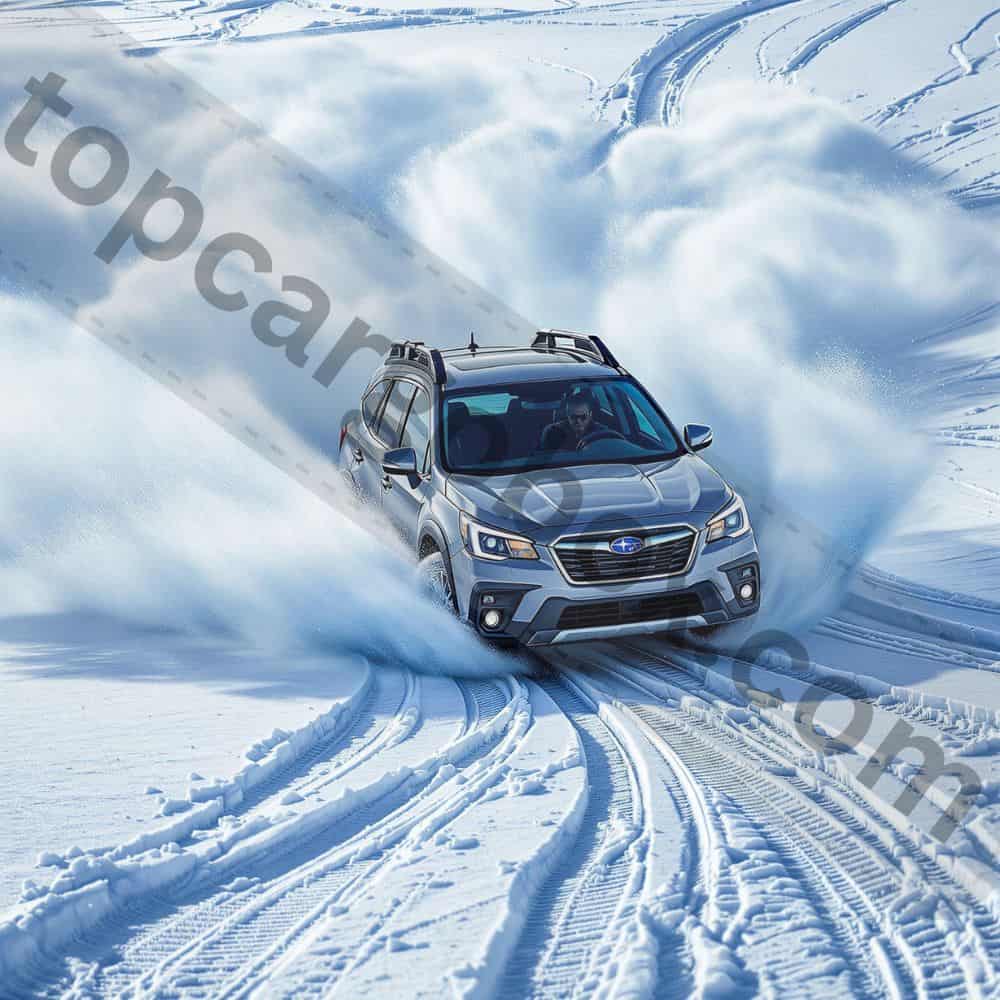
Installation & Seasonal Swaps: Keep It Simple
So, you’ve picked your awesome winter tires – that’s awesome! Now what? You’ve got two main paths:
- Mounting on Separate Wheels: This is the way to go if you can swing it. Buy a dedicated set of inexpensive steel wheels or maybe some basic alloys, and have your winter tires mounted on them permanently. Why? Because come swap time (twice a year!), you just roll the whole wheel/tire assembly out. A tire shop can swap them over in minutes, often for a small fee, or you can even do it yourself in the driveway with a jack and lug wrench. No mounting/dismounting fees twice a year, which saves money long-term and prevents potential damage to your tire beads from constant remounting. Plus, you protect your nicer summer/alloy wheels from winter salt and grime. Totally worth the initial investment.
- Mounting/Dismounting on Your OEM Wheels: If separate wheels aren’t in the budget right now, you can have the winter tires mounted onto your existing Outback wheels each fall, and then swapped back to your all-seasons in spring. The downside? You pay mounting/balancing fees twice a year. Over several years, this often costs more than buying a separate set of wheels. It also means more time spent at the tire shop each season. It works, but it’s less convenient and potentially more expensive over time.
Pro-Tip: Get those winters installed before the first major snowstorm hits. Tire shops get slammed, and you don’t want to be stuck waiting when you need them most. Mark your calendar for mid-to-late fall! Also, store your off-season tires properly – clean, dry, out of direct sunlight, and ideally stacked or on racks. It helps them last longer.
Winter Tire Care & Feeding: Maximize Your Investment
You dropped some cash on these winter warriors – let’s make ’em last! Proper care is key:
- Check That Pressure Monthly! Cold temps cause tire pressure to drop – about 1 PSI for every 10°F decrease. Underinflated tires kill your fuel efficiency, wear unevenly, and most importantly, lose grip and handling precision. Check the pressure when the tires are cold (haven’t been driven for a few hours) and inflate to the pressure listed on your Outback’s door jamb sticker (not the max pressure on the tire sidewall!). Do this at least once a month, more often if temps swing wildly. It takes five minutes and makes a huge difference. No big deal, right?
- Rotation is Your Friend. Even with AWD, your tires wear differently. Front tires handle steering and most braking, so they often wear faster. Rotating them (typically front-to-back) every 5,000 to 7,500 miles helps ensure even wear across all four tires. This extends the overall life of your set and maintains consistent performance. Most shops include rotation with oil changes – just ask! Easy peasy.
- Tread Depth Checks: Know When to Say Goodbye. Winter tires lose significant snow and ice effectiveness once the tread wears down below about 6/32″ (even though the legal minimum might be 2/32″). That deep tread is crucial for snow packing and those biting edges. Use a tread depth gauge (cheap and easy!) or the built-in wear bars in the tread grooves. If you’re consistently below 6/32″ as winter approaches, it’s time to start thinking about replacements for optimal safety. Don’t push them too far – your safety is worth it.
- Visual Inspections Matter. Give your tires a quick once-over regularly. Look for any obvious damage like cuts, cracks, bulges, or objects embedded in the tread. Also, keep an eye out for uneven wear patterns (cupping, feathering), which might indicate an alignment issue. Catching problems early prevents bigger headaches later. Takes just a second when checking pressure.
Beyond the Tires: Gearing Up Your Outback for Winter Wins
While winter tires are the #1 upgrade, a few other things can make your Outback even more unstoppable:
- Visibility is Safety: Make sure your windshield wipers are fresh – winter grime is brutal. Keep your washer fluid reservoir topped up with a high-quality winter formula that won’t freeze solid (down to -20°F or lower is smart). Consider winter-specific wiper blades that resist ice buildup. And for those super snowy days, pack an ice scraper and a snow brush. Being able to see clearly is non-negotiable. Feeling under the weather because you can’t see? No thanks.
- Emergency Kit: Hope You Don’t Need It! Stuff happens. Pack a winter emergency kit: a good shovel (like a collapsible one), traction aids (sand, kitty litter, or traction mats), a warm blanket or sleeping bag, extra gloves/hat, some non-perishable snacks and water, a flashlight with extra batteries, a first-aid kit, and jumper cables. Toss in some hand warmers too. It’s a long shot you’ll need it, but if you do, you’ll be so glad it’s there. Peace of mind is priceless.
- Cargo Solutions (Without Killing MPG): Heading skiing or on a winter camping trip? Roof boxes and baskets are popular, but they do add drag and hurt fuel economy. Check out our guides on the best roof racks for your Outback and finding the quietest roof cargo options to minimize the noise and drag hit. Need to carry bikes in winter? We’ve got bike rack options covered too. And always, always respect your Outback’s weight limits – overloading is dangerous, especially in winter. For hauling gear inside, protect your seats with a durable rear seat cover. Thinking about DIY solutions? Our DIY cargo carrier mods guide has clever ideas, but safety first!
- Protect Your Ride: Winter road salt and grime are brutal on your Outback’s finish. Consider investing in good floor mats and maybe even a rear bumper cover to protect against scratches from loading gear. Window deflectors (like the Vesul ones) allow you to crack your windows for ventilation without letting in snow or rain, reducing interior fogging. Small touches make a difference long-term.
Conclusion: Embrace the Snow with Confidence
So, there you have it! Ditching the “meh” all-seasons for a legit set of dedicated winter tires transforms your Subaru Outback from a capable car into a true winter champion. It’s not just about getting moving; it’s about stopping shorter, cornering safer, and driving with genuine confidence when the roads turn ugly. Whether you prioritize ultimate ice grip (Blizzak WS90, Hakkapeliitta R5), refined all-around performance (X-Ice Snow, VikingContact 7), or incredible value (Altimax Arctic 12), there’s a perfect winter tire match for your Outback and your budget. Remember the essentials: the 3PMSF symbol, the right size, proper installation (separate wheels are ideal!), and consistent maintenance (pressure checks!). Combine those tires with smart winter prep – visibility, an emergency kit, and savvy cargo solutions – and you’re ready for anything Old Man Winter throws your way. Now go find some fresh powder and enjoy the drive! Catch you later on the snowy trails.
Your Winter Tire Questions Answered:
1. What is the best winter tire for a Subaru Outback?
Honestly, there isn’t one single “best” tire that fits every driver perfectly – it depends heavily on your specific priorities and budget. If ultimate ice and deep snow traction are your absolute top concern, the Bridgestone Blizzak WS90 or Nokian Hakkapeliitta R5 are phenomenal, hardcore choices. If you want a fantastic balance of strong snow/ice performance, excellent refinement, good tread life, and great dry/wet handling for mixed winter driving, the Michelin X-Ice Snow or Continental VikingContact 7 are top-tier all-arounders. For those needing serious winter capability on a tighter budget, the General Altimax Arctic 12 offers incredible value and performance that far exceeds all-seasons. Test drive reviews focusing on your top priorities (ice vs. snow vs. wear vs. noise) are super helpful. Ultimately, any of these top-rated 3PMSF tires will massively outperform all-seasons.
2. What is the best tire for the Subaru Outback all season?
While this guide focuses on dedicated winter tires, the best all-season tire for an Outback depends on your typical driving needs. For drivers in milder climates who still encounter occasional light snow or cold temps, a premium All-Weather tire (a subclass of all-seasons bearing the 3PMSF symbol) is a great compromise. Top contenders include the Michelin CrossClimate 2 (known for exceptional wet grip, very good light snow traction, and a unique tread) or the Bridgestone WeatherPeak (excellent all-around performance, quiet, efficient). For traditional all-seasons without the 3PMSF, the Michelin Defender LTX M/S is legendary for longevity, comfort, and all-around capability in dry/wet (but not severe snow). The Continental CrossContact LX25 is another excellent, well-rounded choice. Remember, even the best all-season/weather tire won’t match a dedicated winter tire’s ice and deep snow performance.
3. Do Subaru Outbacks need snow tires?
Technically, “need” is a strong word, but absolutely yes for optimal safety and performance in significant winter conditions (snow, ice, consistent freezing temps). Your Outback’s Symmetrical AWD is brilliant for getting traction to go, but it does nothing to improve braking distances or cornering grip on slippery surfaces. That depends entirely on your tires. The standard all-season tires harden in cold weather (below ~45°F), drastically reducing grip. Dedicated winter tires maintain flexibility and have specialized treads for vastly superior stopping power, cornering control, and overall confidence on snow and ice. If you live where winter brings real snow and ice, winter tires are the single most important safety upgrade you can make. Don’t just rely on AWD – give it the right shoes!
4. What all weather tires are best in the snow?
All-Weather tires (marked with the 3PMSF snowflake symbol) are designed to be a true year-round tire, handling moderate snow better than standard all-seasons while still being drivable in summer. For the best snow performance within the all-weather category, look to these leaders: The Michelin CrossClimate 2 is widely praised for its exceptional grip in wet conditions and surprisingly strong traction in light to moderate snow, thanks to its aggressive, directional tread. The Bridgestone WeatherPeak also delivers excellent all-weather capability with very good snow traction, a comfortable ride, and good treadwear. The Nokian WR G4 (from the Finnish winter experts) is another top performer specifically focused on winter capability within the all-weather segment. While they won’t match dedicated winter tires in severe ice or deep snow, they are a legitimate step up from standard all-seasons for milder winter areas.
5. What is the number one winter tire?
Crowning a single “number one” is tricky because different tires excel in specific areas. However, consistently topping expert tests and owner satisfaction across overall winter performance (ice, snow, wet, dry, noise, wear) are the Michelin X-Ice Snow and the Continental VikingContact 7. They offer an outstanding blend of top-tier ice and snow traction with impressive refinement, good handling on cold dry/wet pavement, reasonable tread life, and a comfortable ride. For drivers facing the absolute most extreme ice conditions, the Bridgestone Blizzak WS90 (especially its initial ice grip) and the Nokian Hakkapeliitta R5 are often cited as the ultimate ice specialists. Think about what matters most to you – pure ice dominance or a more balanced premium winter experience.
6. Is Michelin or Bridgestone better?
For winter tires specifically? Both Michelin and Bridgestone make absolutely top-tier products, so “better” depends on the specific models and your priorities. Bridgestone Blizzak (WS90): Often has a slight edge, especially initially, in pure ice braking due to its Multi-Cell compound. It’s also legendary in deep snow. Can wear a bit faster than Michelin on dry pavement later in its life. Michelin X-Ice Snow: Excels in overall balance. Offers excellent, very consistent ice and snow traction, often matches or slightly exceeds Blizzak in snow traction, is renowned for its long tread life, and typically provides a quieter, more refined ride on dry and wet cold pavement. It feels more like a premium touring tire that also happens to be brilliant in winter. If ultimate ice grip is your absolute #1, Blizzak might have a tiny edge. If you value a balanced, refined, long-lasting winter tire with superb all-around snow and ice performance, the X-Ice Snow is fantastic. You really can’t go wrong with either for your Outback – both are best-in-class.
Our team is creating outdoor-gear relevant articles with passion. If our articles can help you to find the correct solutions for your questions, we will be happy about that. In the content creation process, we usually collect accurate and useful information online or offline to compile our content in an organized way. Consequently, we can guarantee that you can discover some expected answers to your questions. We appreciate your time on our site.

